What Exactly Was The Gilded Age?
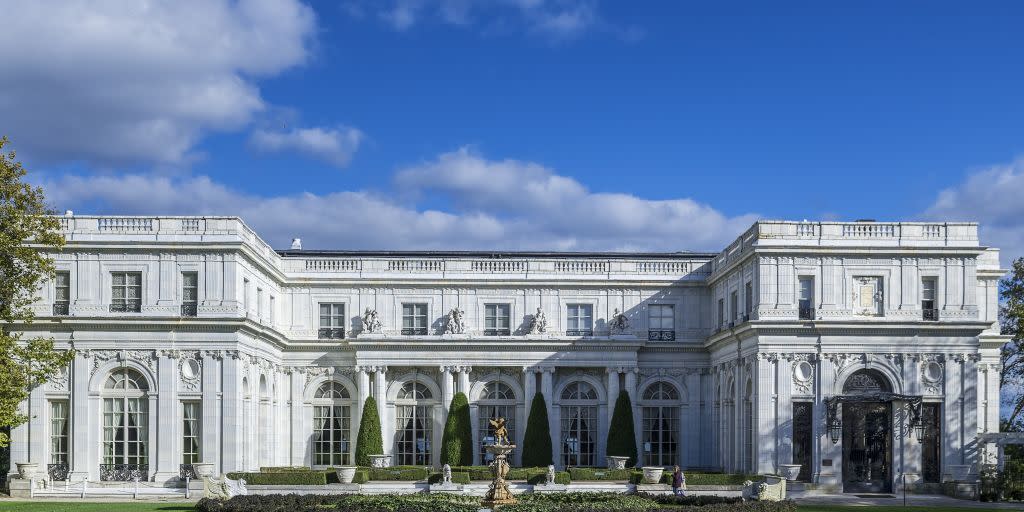
- Oops!Something went wrong.Please try again later.
- Oops!Something went wrong.Please try again later.
"Hearst Magazines and Yahoo may earn commission or revenue on some items through the links below."
On January 24, Downton Abbey creator Julian Fellowes's new show The Gilded Age is set to premiere on HBO. The cast includes The Good Fight's Christine Baranski, who portrays Dutch-American aristocrat Agnes van Rhijn, and Sex and the City's Cynthia Nixon, who plays Agnes's less well-off sister, Ada Brook. A number of Broadway stars including Audra McDonald and Kelli O’Hara are slated to make guest appearances.
While the show is set in the 1880s, The Gilded Age lasted for years, reaching all the way into the twentieth century. Here, a primer on the period.
When was The Gilded Age?
The term refers to the economic boom between the Civil War, which ended in 1865, and the turn of the twentieth century. "Historically, the era ended about 1910, but the era of great wealth continued to the late 1920s," says architect and author Gary Lawrance, who started and maintains the Facebook groups Mansions of the Gilded Age and The Gilded Age Society. Together, the groups have about 275,000 members.
Where does the term "The Gilded Age" come from?
Mark Twain. The author coined the term when he published his satirical novel The Gilded Age: A Tale of Today, which was first published in 1873. "Basically, Mark Twain was making fun of the new rich covering wood and other objects with a thin layer of gold to make them seem more expensive and important," Lawrance says. "When The Mrs. Astor died and the contents of her Fifth Avenue mansion were auctioned in the 1920s, many were disappointed to find out that her dinnerware was only gold plated and not solid like most believed."
The term later came to symbolize a period of gross materialism and blatant political corruption. "The great burst of industrial activity and corporate growth that characterized the Gilded Age was presided over by a collection of colorful and energetic entrepreneurs who became known alternatively as 'captains of industry' and 'robber barons,'" reads Britannica.com. "They grew rich through the monopolies they created in the steel, petroleum, and transportation industries. Among the best known of them were John D. Rockefeller, Andrew Carnegie, Cornelius Vanderbilt, Leland Stanford, and J.P. Morgan.
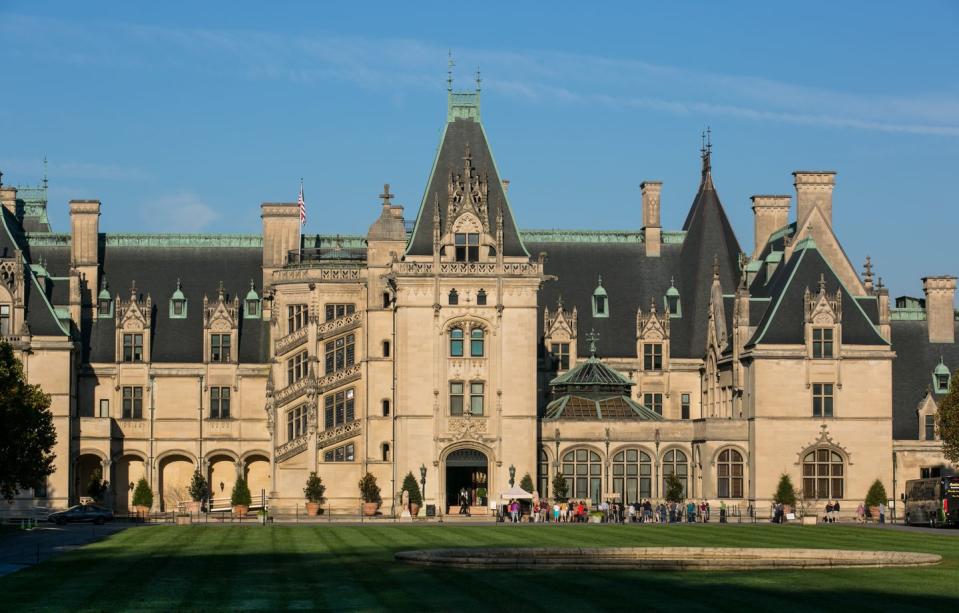
What were some of the era's achievements?
Completed in 1869, the transcontinental railroad led to expansion and settlement of the western United States. It also made it easier to transport goods across the country, and travel time from New York to San Francisco drastically decreased.
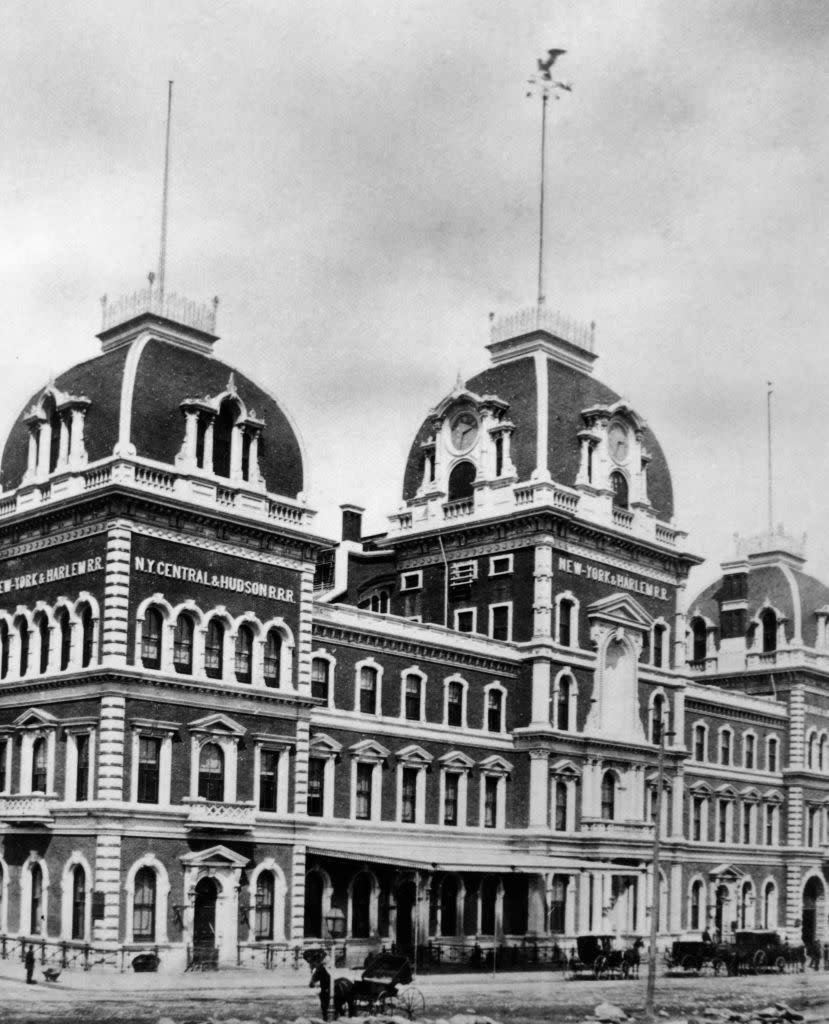
The American economy rose at the fastest rate in its history, and U.S. factory output rose from $1.9 billion to $13 billion from 1860 to 1900. Wealth disparity also increased. During the same time period, the wealthiest two percent of American households reportedly owned more than a third of the country's wealth, and the top 10 percent owned approximately three-quarters of it. The working class suffered tremendously, but rich Americans lived lavishly.
Along with industry, the architecture of the Gilded Age took off in unprecedented ways. Members of the Vanderbilt family built some of America's largest and grandest houses, including Rosecliff (above top) and The Breakers in Newport, Rhode Island, and Biltmore in Asheville, North Carolina.
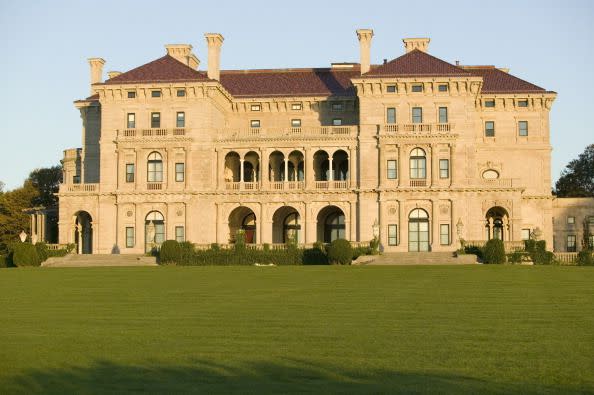
"The phrase 'The Streets of America are paved with gold" was a call to all the immigrants that came to America from that period and after," Lawrance says. "Many, if not all the great mansions along Fifth Avenue could point back to either their owners having made a fortune from nothing, coming to America poor or their fathers who came before them having made the great fortunes that enabled the building of those mansions in New York, Newport, and all over the country."
"The mansions on Fifth Avenue represented hope and achievement," Lawrance adds. "Newly arrived immigrants could walk Fifth Avenue and say that one day they too would have a great house like the Vanderbilts and Astors. They also represented social injustice, but others could see that they were the American Dream come true."
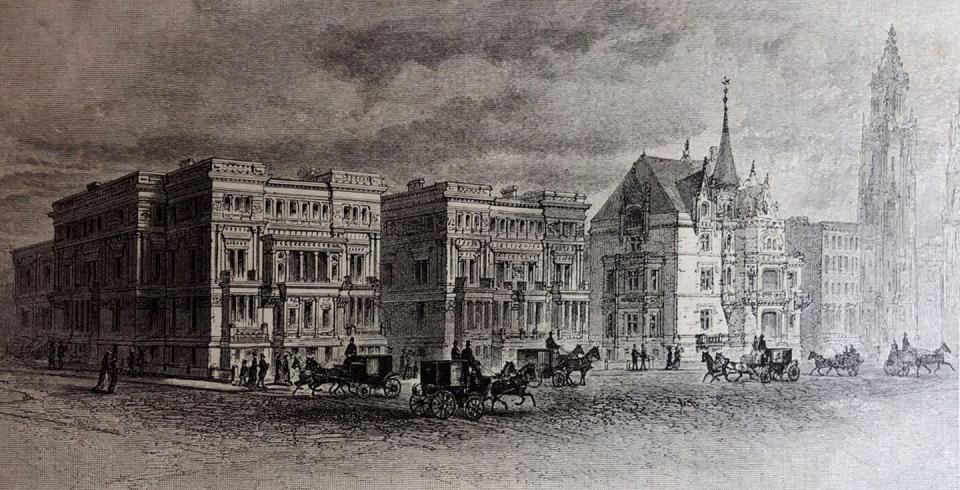
You Might Also Like

